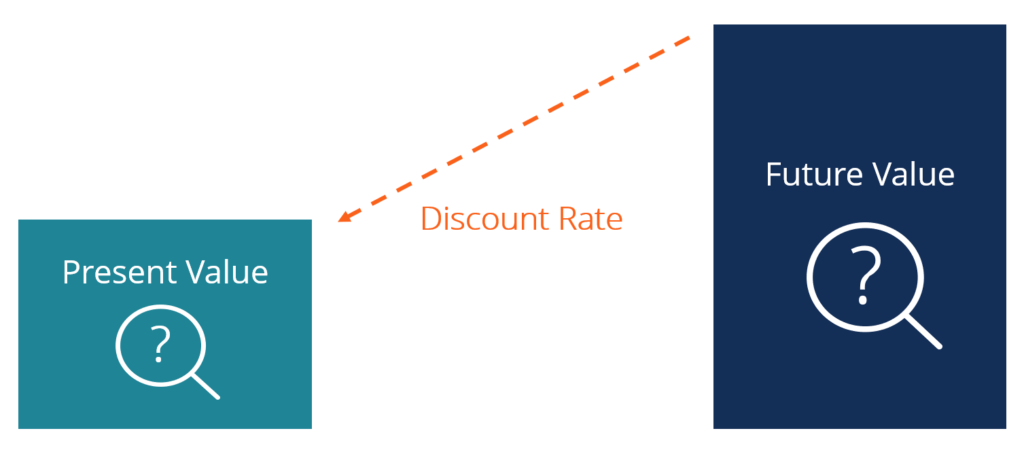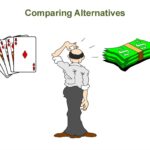The term discount rate is often used for the interest rate when comparing alternative projects or strategies.
Selection of discount rate: If costs and benefits accrueequally over the life of a project or strategy, the selection of discount rate will have little impact on the estimated benefit-cost ratios. However, most benefits and costs oc-cur at different times over the project life cycle. Thus, costs of constructing a fire-resistive building will be in-curred early in contrast to benefits, which will accrue over the life of the building. The discount rate then has a sig-nificant impact on measures such as benefit-cost ratios, since the higher the discount rate, the lower the present value of future benefits.
In view of the uncertainty concerning appropriate dis-count rate, analysts frequently use a range of discount rates. This procedure indicates the sensitivity of the analy-sis to variations in the discount rate. In some instances, project rankings based on present values may be affected by the discount rate as shown in Figure 5-7.2. Project A is preferred to project B for discount rates below 15 percent, while the converse is true for discount rates greater than 15 percent. In this instance, the decision to adopt project A in preference to project B will reflect the belief that the ap-propriate discount rate is less than or equal to 15 percent.

A comparison of benefits and costs may also be used to determine the payback period for a particular project or strategy. However, it is important to discount future costs or benefits in such analyses. For example, an analysis of the Beverly Hills Supper Club fire compared annual sav-ings from a reduction in insurance premiums to the costs of sprinkler installation. Annual savings were estimated at $11,000, while costs of sprinkler installation ranged from $42,000 to $68,000. It was concluded that the installation would have been paid back in four to seven years (de-pending on the cost of the sprinklers). However, this analysis did not discount future benefits, so that $11,000 received at the end of four years was deemed equivalent to $11,000 received in the first year. Once future benefits are discounted, the payback period ranges from five to eleven years with a discount rate of 10 percent.


